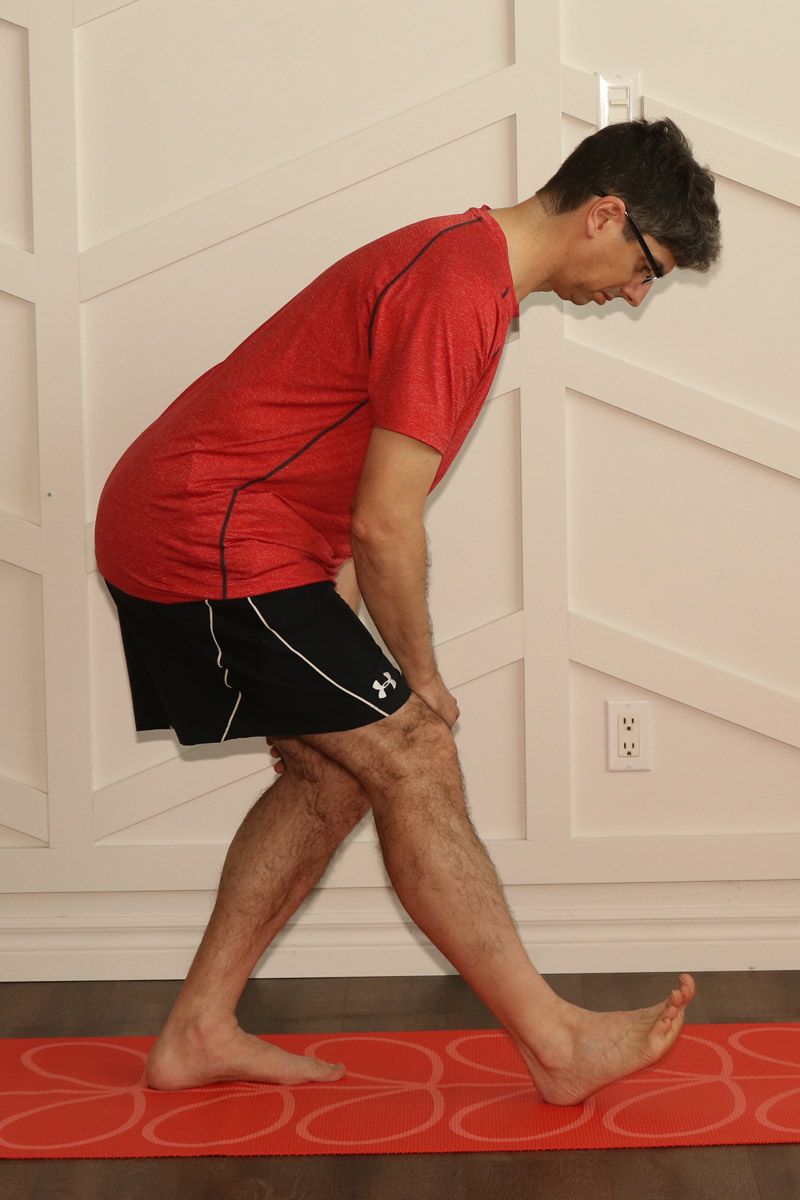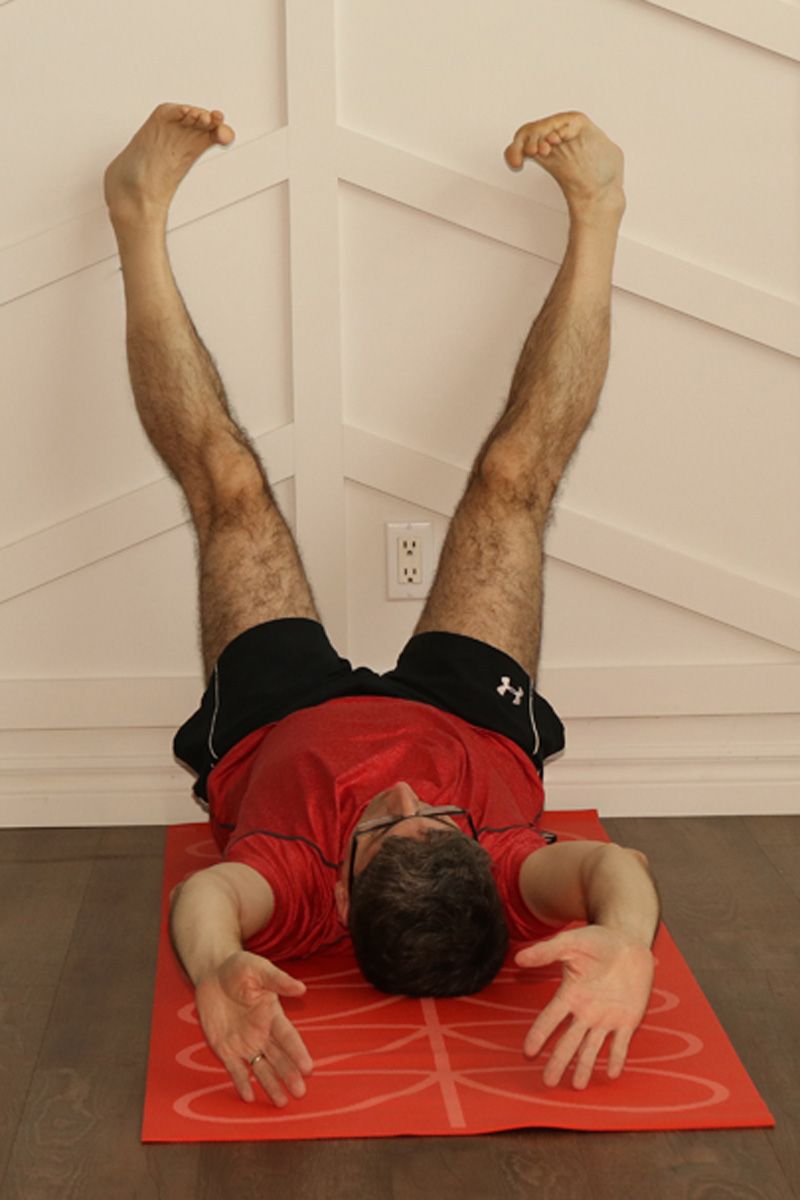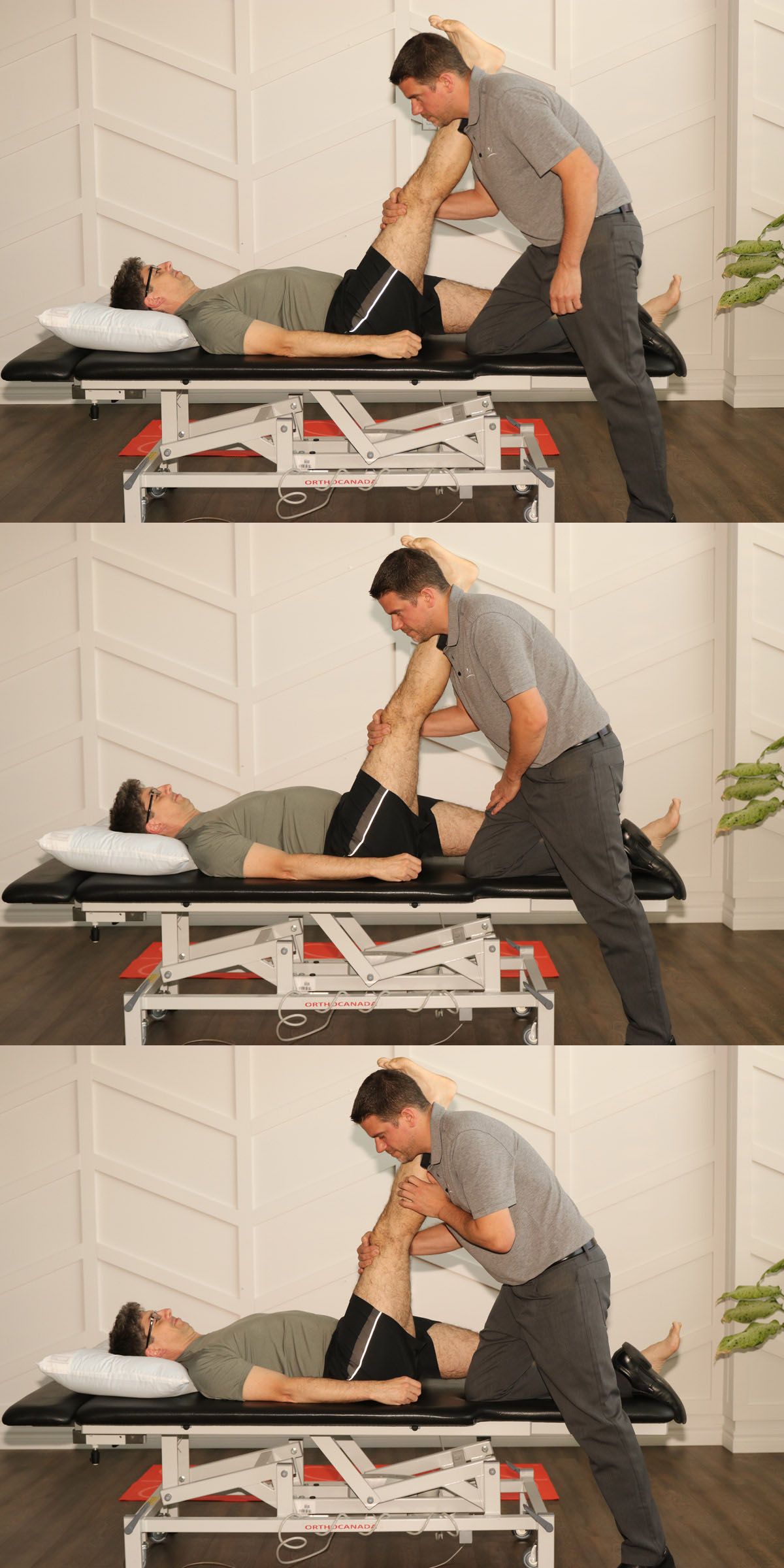Our Approach to Health and Rehabilitation
Learn more about what we do and how this works.
To Stretch or Not To Stretch
By Dan Bosy, RPT
July 5, 2019
This past weekend, I attended a Toronto Blue Jays game with my youngest son. We arrived two hours before game time in the hope of seeing the Jays take batting practice. Unfortunately, we didn’t get to see them but we did see the Royals hit as well as some of the pregame warm up for both teams. Seeing all of the starting position players, but only one of the non-starters, Justin Smoak, for the Jays participate in the warm up was the inspiration for this article.
The ideas around stretching have been evolving for decades. If you have seen a Physiotherapist, Kinesiologist, Athletic Therapist, Chiropractor, or Osteopathic Practitioner for a sprain or strain injury, you were most likely taught some stretching exercises. The basic principle of stretching is to make a muscle longer. There are many different types including passive, active, static, ballistic, isometric, and dynamic. The controversy has been what type of stretch is best?
static & passive stretching
Static stretching occurs when a muscle is put near its maximum length and a pull is felt in the target muscle. This position is best held for 30-60 seconds.

Passive stretching is very similar to static stretching except that the person stretching is assisted by a partner or something else to get their body into a position to feel a pull. Both of these types of stretching should not provoke increases in pain. They also have the greatest effects on loosening the muscles when the body is already warm. As such they are recommended to be performed after activity to help change the flexibility for the long term. Static stretches were the most common stretches performed by the Jays starting position players who stretched their triceps, hamstrings, quadriceps, hip flexors and hip adductors.

Dynamic Stretching
Dynamic stretching is done by moving the body through the range of motion that will be required to perform an activity. An example of this type of stretching is the ABCs done by runners. Some of these include high knee skips, butt kicks, high knee march skips, and leg swings. These activities help prepare the body for what it will be doing when running so are best done prior to the main activity. These running warm up were performed by basically all of the Jays players and dynamic stretches were performed to loosen the chest, upper back and shoulders. However, no dynamic stretches that incorporated both the upper and lower body were performed by any of the players. Since throwing a baseball well involves a whole body experience, this would be something that could enhance their warm up and reduce the risk of injury.
Ballistic Stretching
Ballistic stretching is done by bouncing or jerking beyond the gentle pull that is felt during Static or Passive stretching. This type of stretching was very popular in the 70s and early 80s but has been discouraged more recently because there are increased risks of straining or tearing a muscle compared to other types of stretches. There are times however, when the bouncing can be effective a helping a torn muscle or ligament heal more completely. No Jays players performed ballistic stretching as part of their pre-game warm up.
Active & Isometric Stretching
Active and Isometric stretching are similar. They both involve using your muscles while a partner assists in resisting the use of the muscle. For example, a stretch of the hamstrings while the person is lying on their back and their leg is brought towards their head by their partner. The person resists this movement by pushing back against their partner’s hands. In isometric stretching there is no change in position while the person activates their hamstrings. In active stretching the person’s leg will move away from their head. Both of these types of stretches can be very effective and can also be used to by therapists for other purposes. Isometric stretches may have been performed by a couple of Jays players for their hamstrings.

There is no one magic stretch for any injury, but there may be a couple of stretches that will help in recovery and healing. Stretching is a way of helping to balance out forces on your joints and when combined with appropriate strengthening can be used to heal, and improve function.
Learn More:
- Structure and Function
- The Mind Body Connection
- Managing Stress
- The Body as a Self Healing Mechanism
- The Concept of Compensations
- The Trouble with Core Stability
- What is scar tissue?
- Importance of Regular Maintenance
- Understanding Inflammation
- Inflammation and the Digestive System
- Plantar Fasciitis
- Sciatica
- What the Blue Jays Should Learn from Josh Donaldson's Injury
- Understanding Hypertension
- Myofascial Unwinding
- Detox
- Myofascial Release
- Acupuncture
- Is Marcus Stroman Healthy?
- Water
- The Placebo Effect
- Jays Matt Shoemaker Tears ACL
- To Stretch or Not To Stretch
- Prostate Health
- Changing Subconscious Beliefs
- How Does Muscle Testing Work Online
- Paul Married Alice: Is There A Perfect Match?
- Ways to Deal with Anxiety for Teens
- What is a woman’s most crucial role in her partner’s life?
- A Cold – Your Body Speaks Your Mind
CONTACT
-
Phone:905-335-0372
-
E-Mail:This email address is being protected from spambots. You need JavaScript enabled to view it.
-
Address:3-4300 Upper Middle Rd.
Burlington, ON L7M4P6
